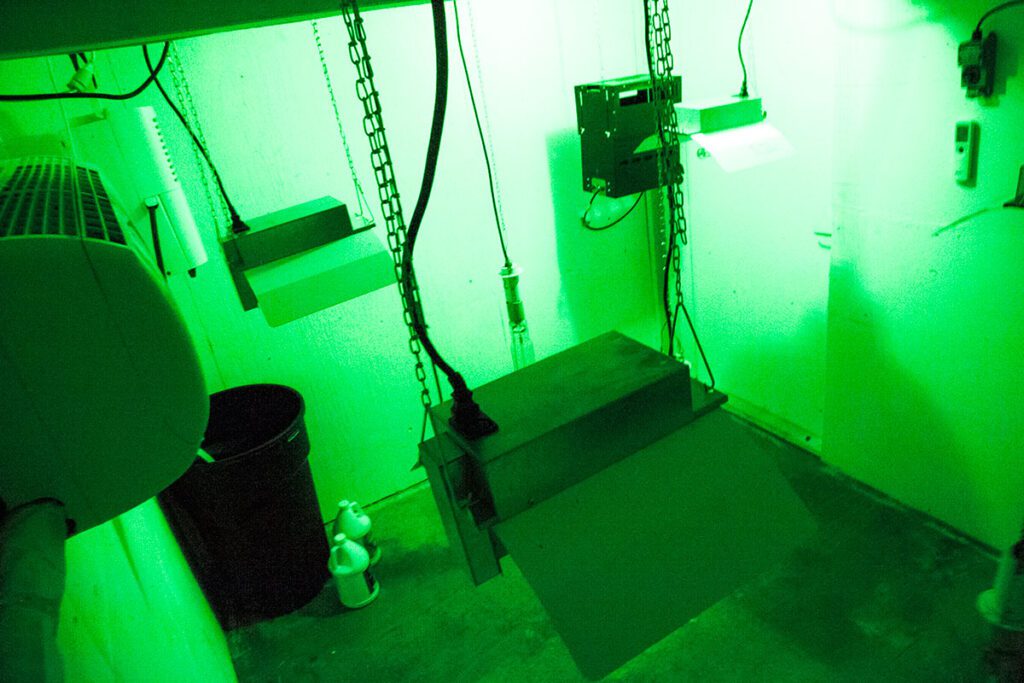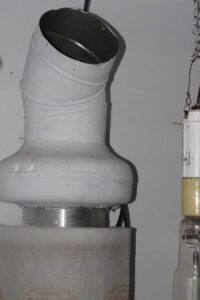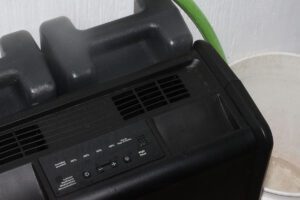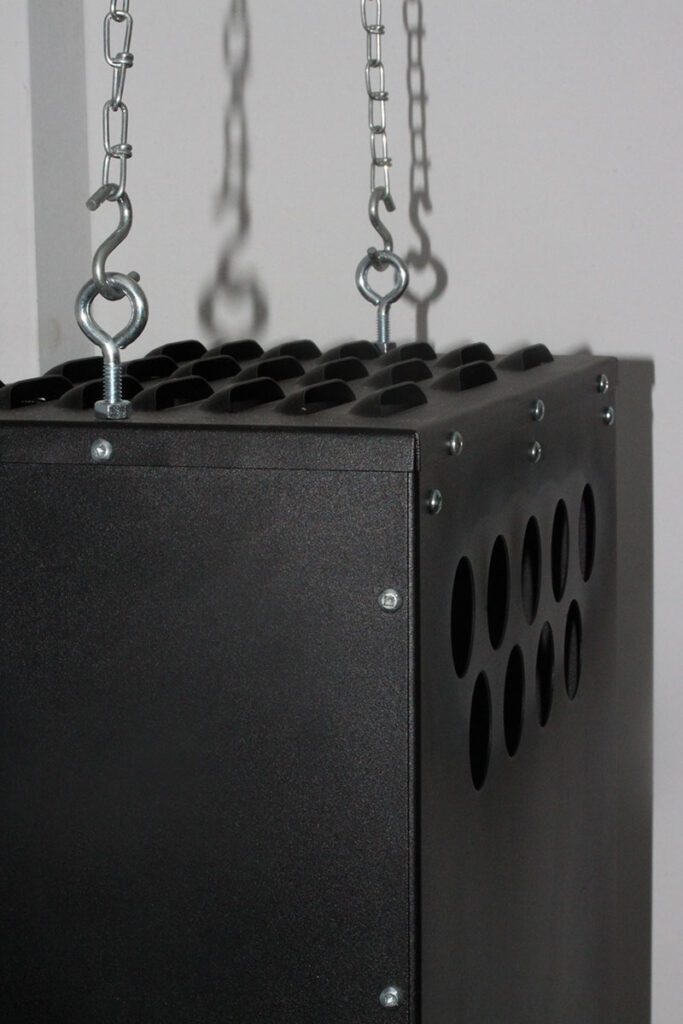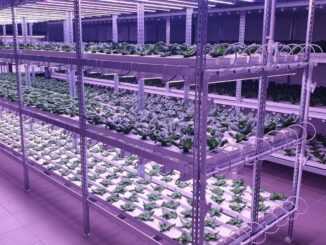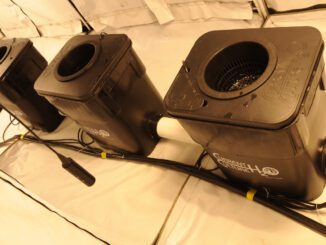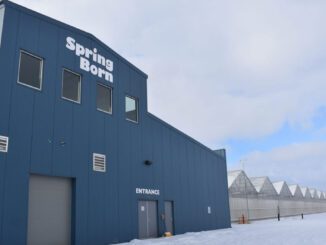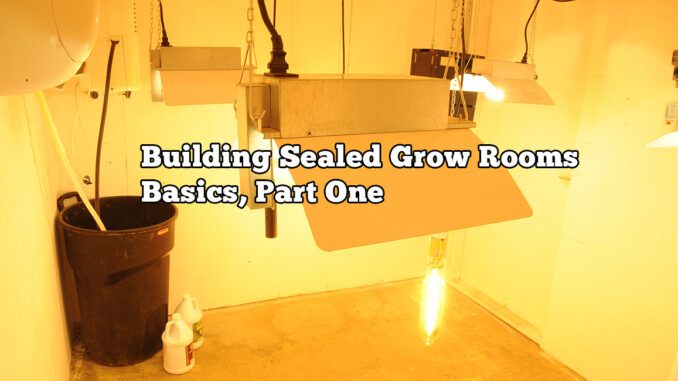
Building Sealed Grow Rooms
Basics, Part One
Welcome to part one in our building sealed grow rooms series of articles. CEA (Controlled Environment Agriculture) refers to growing situations, big or small, that operate with a controlled environment. This means, that regardless of what the outdoor conditions may be like, the monitoring and control equipment in the grow room or greenhouse will maintain the “perfect” environment for the crop, as pre-set by the grower in a Sealed Grow Room.
[quote]the ability to avoid common problems that normally occur due to outside air exchanges make building sealed grow rooms a great idea if you are going to use anything bigger than a ten foot by ten foot area[/quote]
This is different from traditional Indoor or Greenhouse growing because outside air is not used for cooling, carbon dioxide (CO2) replenishment or dehumidification. In conventional grow rooms or greenhouses, fans bring cooler fresh air in and also exhaust hot air that is humidified and depleted of carbon dioxide by the crop. Indoors, grow lights create a lot of heat that needs to be removed, this means fans running constant during the lighting cycle and the environment of the grow room is largely dependent on what outside air conditions are like—making it hard to maintain exact temperatures, humidity and carbon dioxide levels.
Above: A typical hobby sized Sealed Grow Room
Sealed Grow Rooms (CEA) VS Traditional Grow Rooms (IN/OUT)
Advantages
- Able to maintain exact temperature, humidity and carbon dioxide levels that can be optimized in each growth phase create the potential for healthier plants and bigger yields.
- No air is being discharged out of the grow room outdoors; no noisy fans or odors to bother others.
- Insects and fungal spores are not being sucked into the grow room with constant or regular air exchanges from outside.
- Water can be recycled; dehumidifiers and air conditioning gear that are required remove moisture from the grow room air and drain to holding tanks in the condensate return lines. Ideally, you only have to supply pure filtered water once in a sealed grow room.
- Allows growers to meet specific environmental requirements for different plant strains to bring out the very best qualities and yields—no playing hit or miss due to outside conditions; yields are consistent year round.
- Efficient and accurate carbon dioxide enrichment can boost yields anywhere from 15 to 40% and allows crops to mature heavier faster, i.e. one to two weeks less cropping time for a bigger yields versus traditional.
- Discreet, you can “isolate” your growing area.
Limitations
- Costly-building sealed grow rooms takes more of an initial investment of your time and money, however, these can be recaptured over time with improved cropping and less issues to contend with that would be related to outside conditions being drawn into your grow room.
- You may use a little more power if you could otherwise skate by with IN/OUT style cooling and dehumidification. Air Conditioners, Dehumidifiers, Humidifiers, etc are necessary and cycle frequently, costing power.
Above: Carbon Scrubber & Fan for clean air in Sealed Grow Room
Above: Humidifier needed in early cropping in Sealed Grow Rooms
[ml-adverts location=home-page-content-banner-8]
How Big?
Serious growers find building sealed grow rooms to be more economical when gardens are of a larger scale, i.e. spreading out the cost of equipment over a larger area. Remember, buying a bigger AC (air conditioner) isn’t that much more money than buying a smaller one—it’s just the fact that you need a serious AC that is costing you money, not so much the size of it, for example.
HOWEVER, YOU DON’T NEED TO BE A COMMERCIAL GROWER TO MAKE BUILDING A SEALED GROW ROOM A GOOD CHOICE FOR YOU.
The ease of use, crop quality, constant and consistent year round yields with the ability to avoid common problems that normally occur due to outside air exchanges make building sealed grow rooms a great idea if you are going to use anything bigger than a ten foot by ten foot area. If you want a smaller garden or are low on funds, this might be something better to work towards over time—in which case consider a simple grow tent with an air cooled light, T5 fluorescent lights or LEDs.
Comparatively, here’s two shopping lists*: one for Building Sealed Grow Rooms, the other for a traditional IN/OUT style grow room for 4-1000W HPS grow light systems (around a ten foot by ten foot area). NOTE: price of lighting systems not included in estimates
Sealed
-High Efficiency Split AC ($2000+)
-Dehumidifier ($250)
-Carbon Filter and Fan, to scrub air ($350)
-Humidifier ($150)
-CO2 generator or Tank & Regulator ($300 to $1000)
-Controls ($300+)
Traditional
-Exhaust Fan(s), Intake Fan(s) ($450)
-Carbon Filter ($250)
-Duct Work ($250)
-Dehumidifier ($250)
-Controls ($150+)
*rough estimated costs based on North American pricing
[ml-adverts location=home-page-content-banner-3]
Above: Carbon Dioxide Generator
So, in building sealed grow rooms, you are looking at three to four times the initial investment on smaller scales. On larger scales the difference narrows as you move up in size. As a matter of fact, in some climates building sealed grow rooms may be the only real practical option if you want to grow indoors year round using lights. For IN/OUT fan cooling to work even in the best of traditional IN/OUT grow room set ups, you need a minimum of 15 DegF cooler air entering than you want to maintain in the grow room; so if the air is warmer than 65 DegF outside with your lights running, it just may not work, i.e. LOTS of problems for your crops.LEDs as an option, may create some exceptions to this guideline as they operate much cooler than HPS (high pressure sodium) and other types of high intensity discharge lighting.
In our next instalment in this series of articles on building sealed grow rooms, we’ll talk about specifics in the actual construction, for example what types of building materials to use, what you should know about electrical and plumbing and some tips and tricks for making it all go together smoothly while avoiding common mistakes. Stay tuned for more, please!
Questions or Suggestions?
Email: erikbiksa@grozine.com

